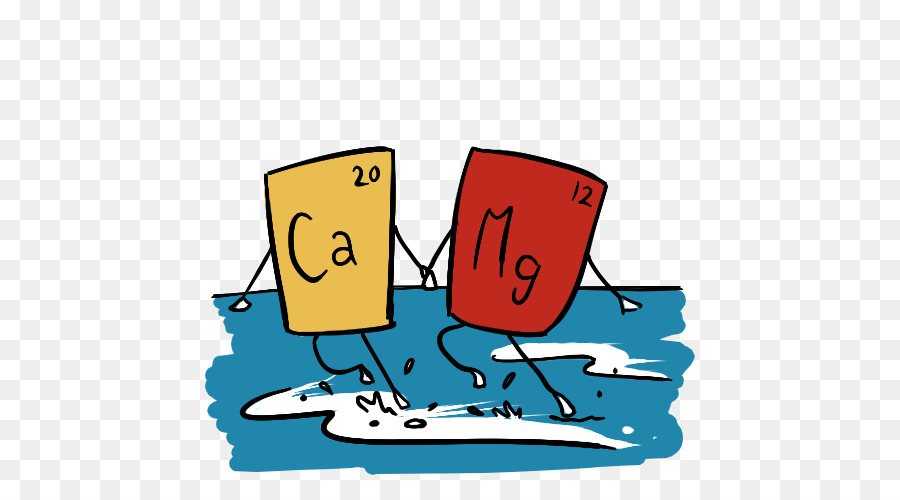Innovation in Water Remediation, A look to Specialized Electrocoagulation for Water Hardness Removal

Hardness in water can be characterized into its primary constituent mineral components, typically calcium and magnesium. Excess water hardness in a water supply creates many issues for industry, utilities and life in general.
Calcium and magnesium which are the principal sources of this issue are found in many sedimentary rocks, the common being chalk and limestone which are abundant in many areas of the US and across the world.
The WHO recommends that drinking water hardness is to be below 500 mg/l calcium carbonate, however, in most industrial applications this criteria is a lot lower to protect from any damage that can occur to process systems and machinery.
There are several different technologies used for water softening, including ion exchange, chemical precipitation, membrane filtration, evaporation and electrocoagulation. Each approach has its own set of advantages and disadvantages.
I will be focusing on the electrocoagulation treatment method for the reduction of hardness in a water supply.
Firstly, I will provide a brief description of the electrocoagulation process. This method was developed utilizing electrochemistry to overcome some of the drawbacks of conventional treatment technologies. It uses electricity to effectively reduce and remove multiple contaminants from a water or wastewater source. Electrocoagulation is an advanced, yet reliable and cost efficient process harnessing the conductivity of the water source, along with a direct electrical current between metal electrodes to create chemical reactions to remediate the water source.
Listed below are some of the advantages of this process:
– Does not increase TDS levels
– Does not affect permanent hardness
– Reduced sludge concentration with easier sludge dewaterability
– Is not prone to fouling
Interested to learn more about how modular specialized electrocoagulation treatment systems can assist your organization with sustainable treatment of water hardness in your source water? Contact the water & wastewater treatment experts at Genesis Water Technologies, Inc. at +1 877 267 3699 or reach out to us via email at customersupport@genesiswatertech.com to discuss your specific situation.
Application Case Study (Industrial Process Water – Food/Beverage Industry)
Challenge
A mid size dairy company wanted to reduce water hardness among other parameters in their surface water source prior to RO membrane treatment for their ingredient process water requirements.
There additional request was to reduce OPEX by at least 20% over the conventional chemical treatment solutions currently employed in their production makeup water process.
Solution
Genesis Water Technologies in association with its local partner provided process consulting/design as well as the treatability testing for the planned full scale implementation. The system included specialized electrochemical treatment, post clarification, followed by post polishing filtration using Natzeo and carbon media. This shall be accomplished via a continuous batch process.
Results
The treatability results are indicated below, in which the full scale system will be implemented.
The optimal removal percentage efficiency results are listed below:
Pollutant Removal Reduction %
Hardness: 92%
Calcium 92 %
Magnesium 93 %
Turbidity 95 %
Nitrate – 50 %
TDS – 23 %
Operating Time: 60 min.
Capital cost and operation cost shall be optimized based on adjustment of conductivity of the raw source water.
The sludge production was minimized with a higher solids content that was easy to dewater, therefore, reducing associated disposal costs for this food/beverage clients operations.
The implementation of this system will provide treated water within the water quality parameters set by the clients regulatory guidelines to allow sustainable utilization of the RO system for the provision of ingredient makeup water for production.
This will assist this food/beverage client to reduce their environmental impact and associated operating cost of the RO membrane treatment system by around 20%.

